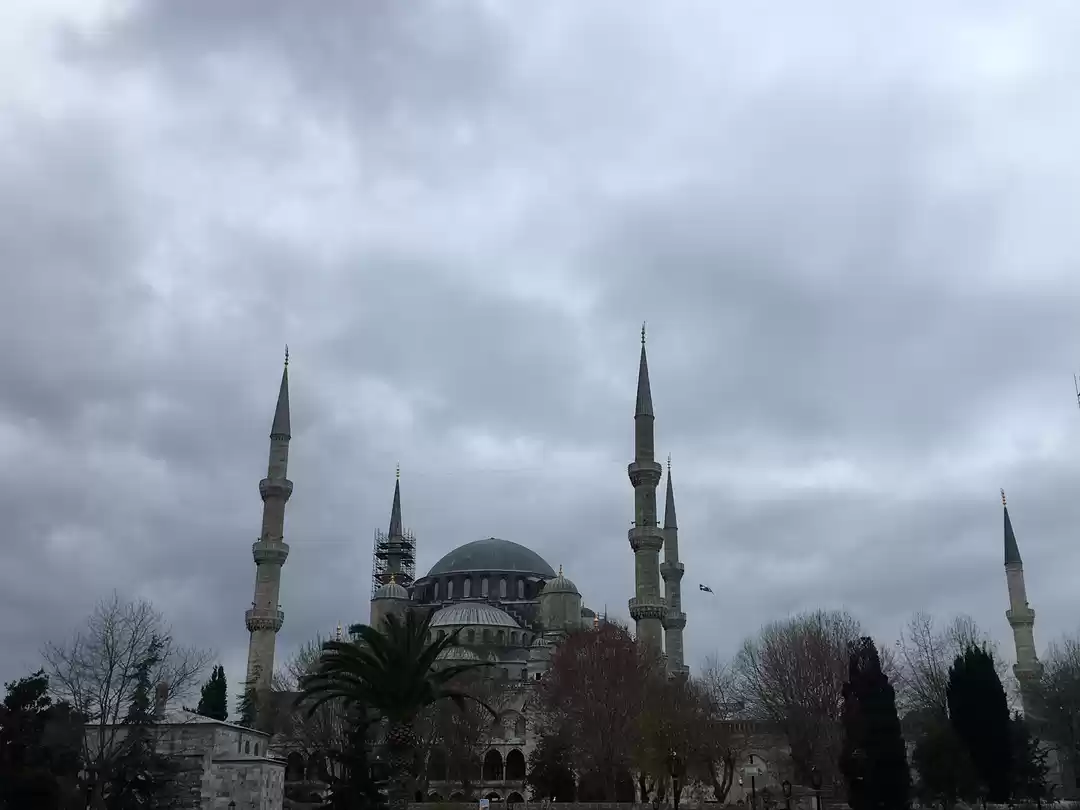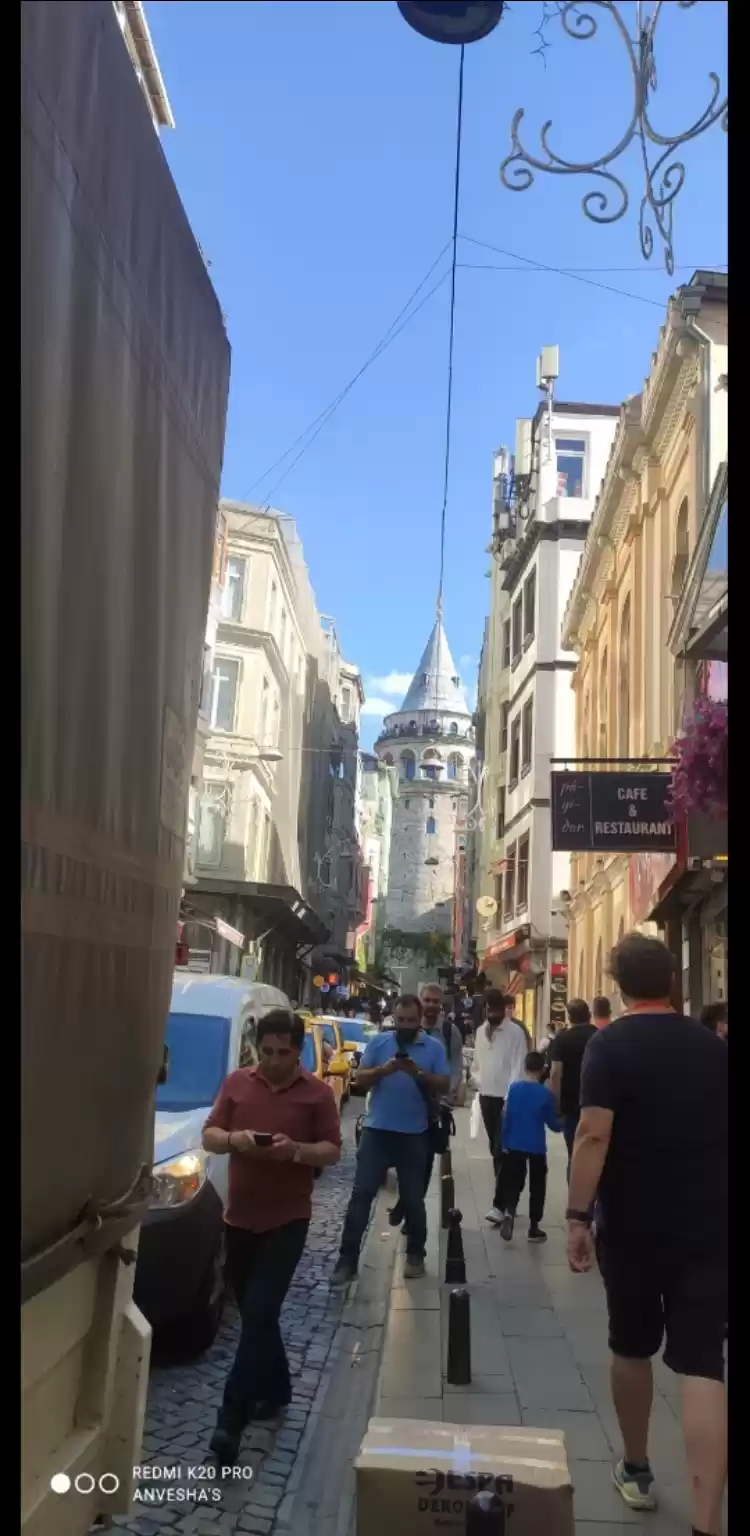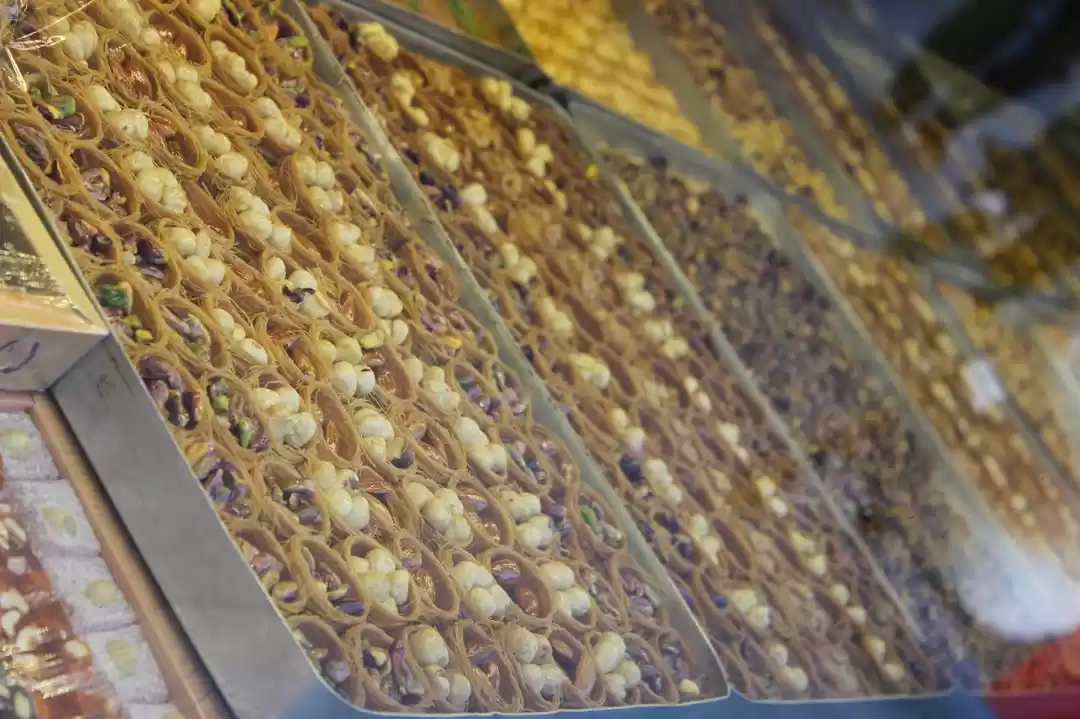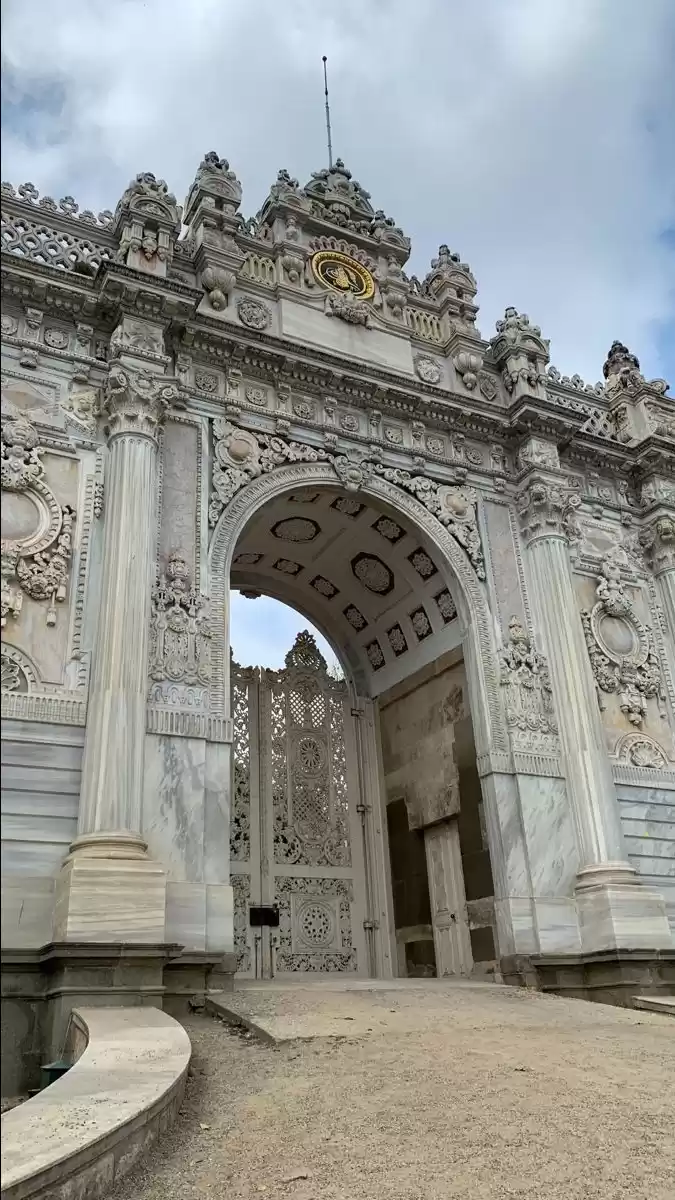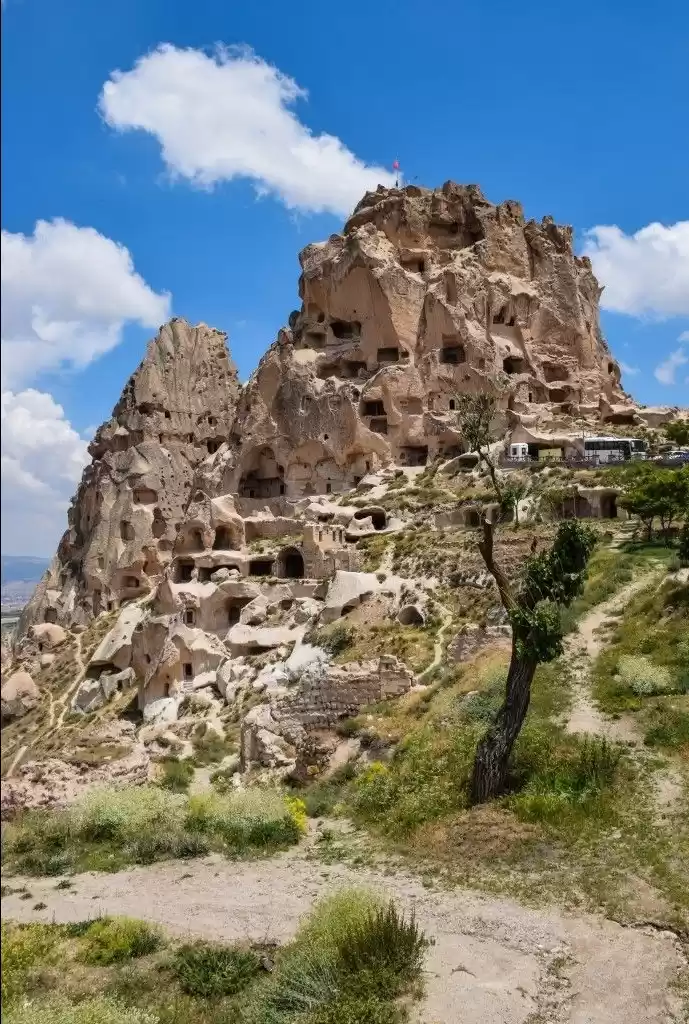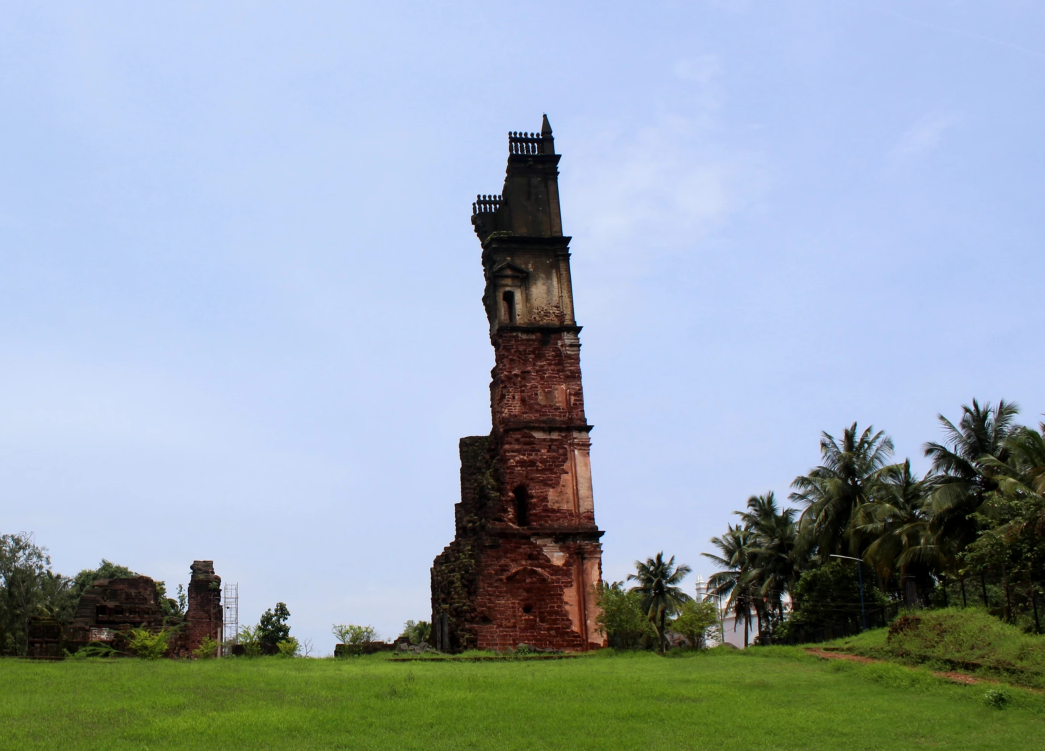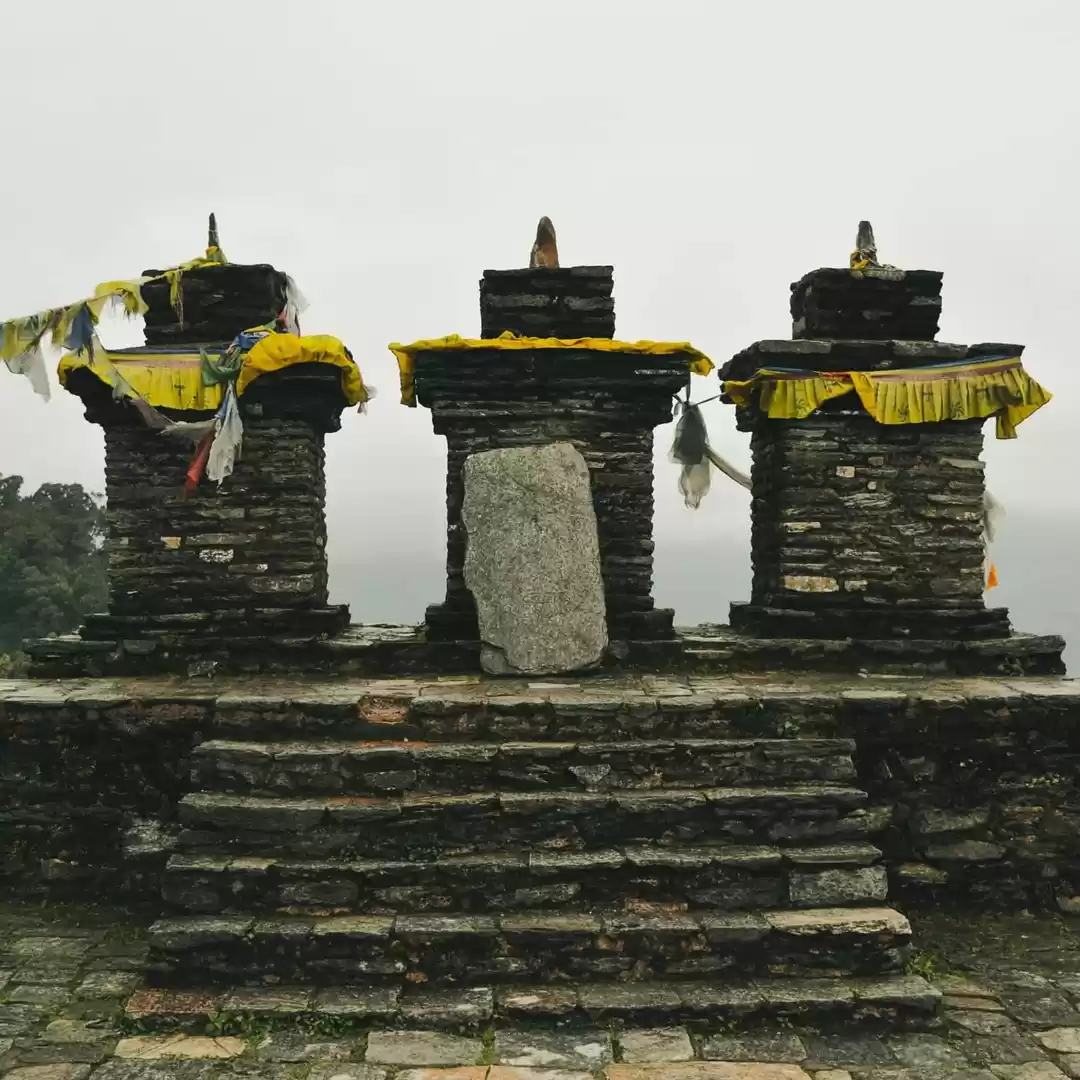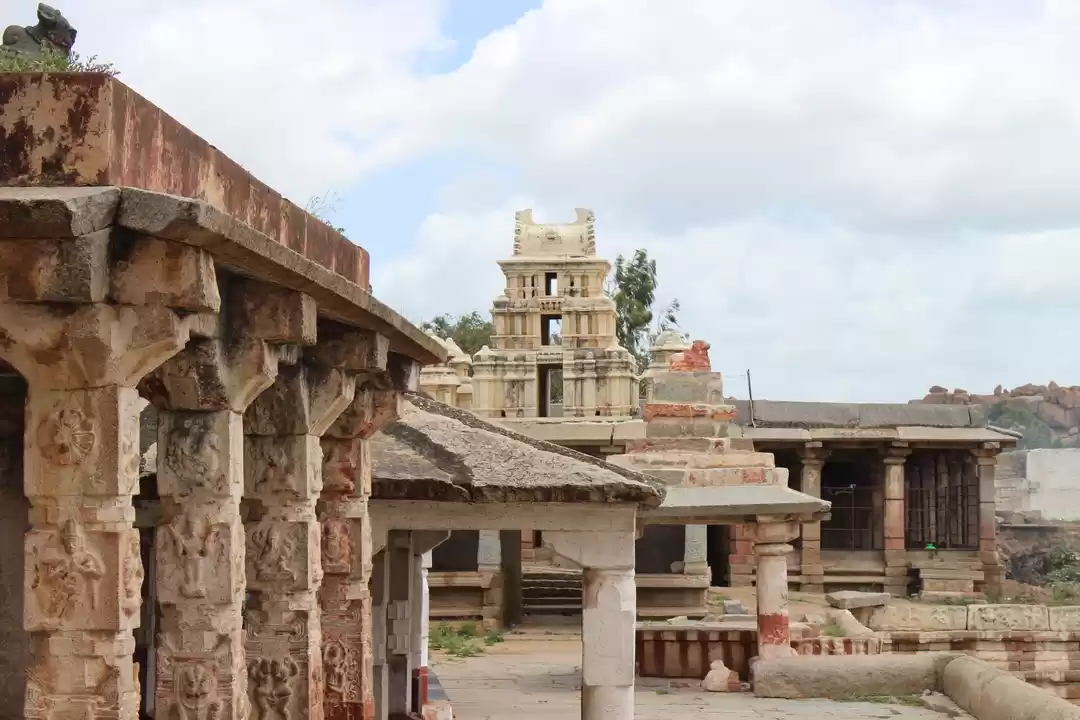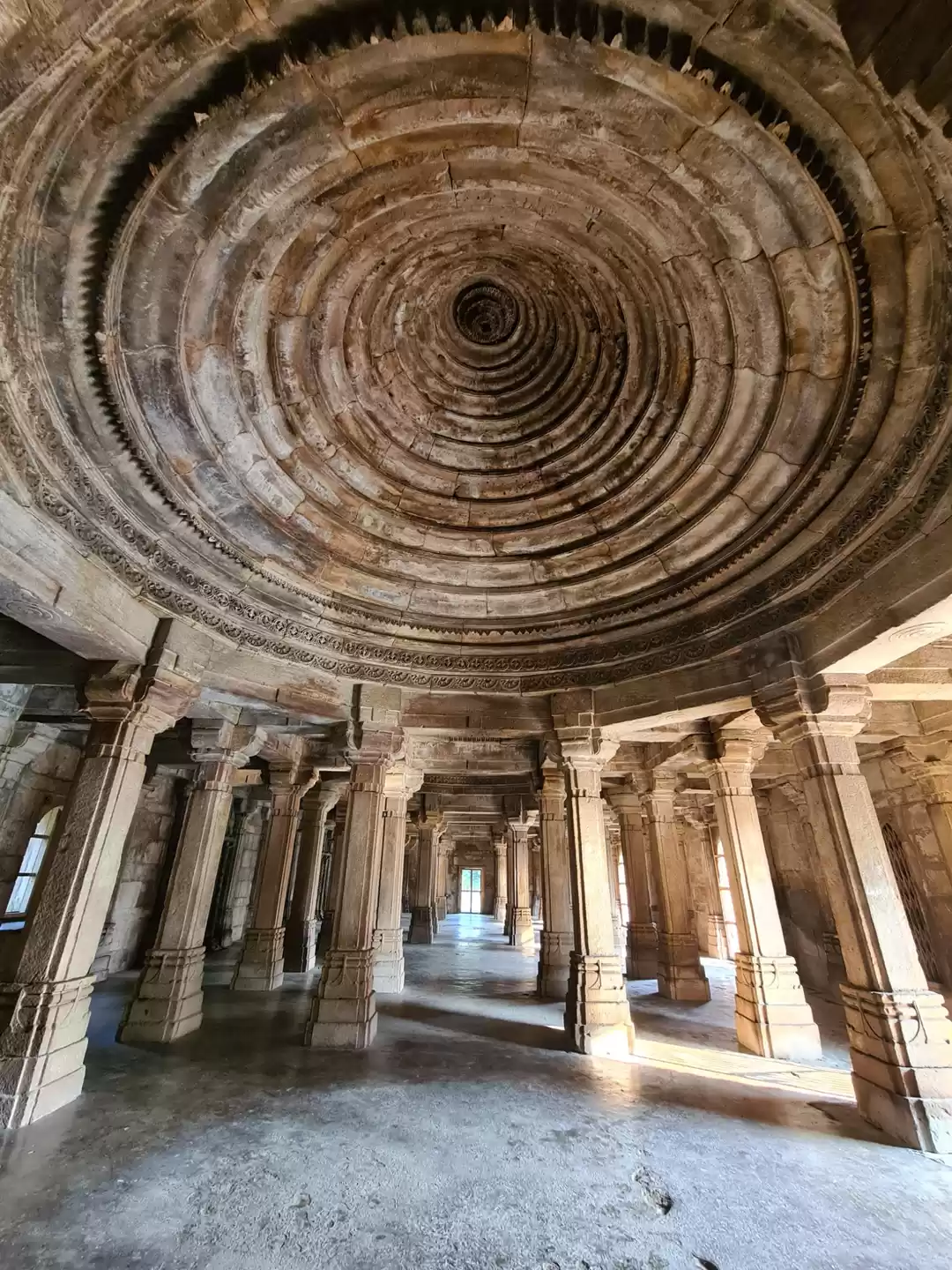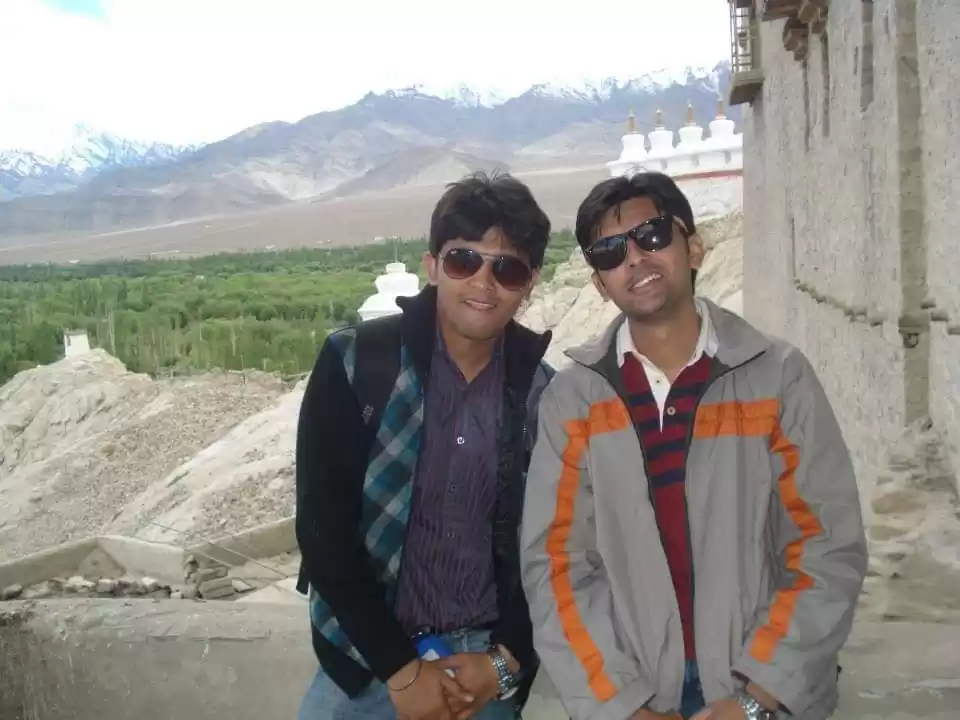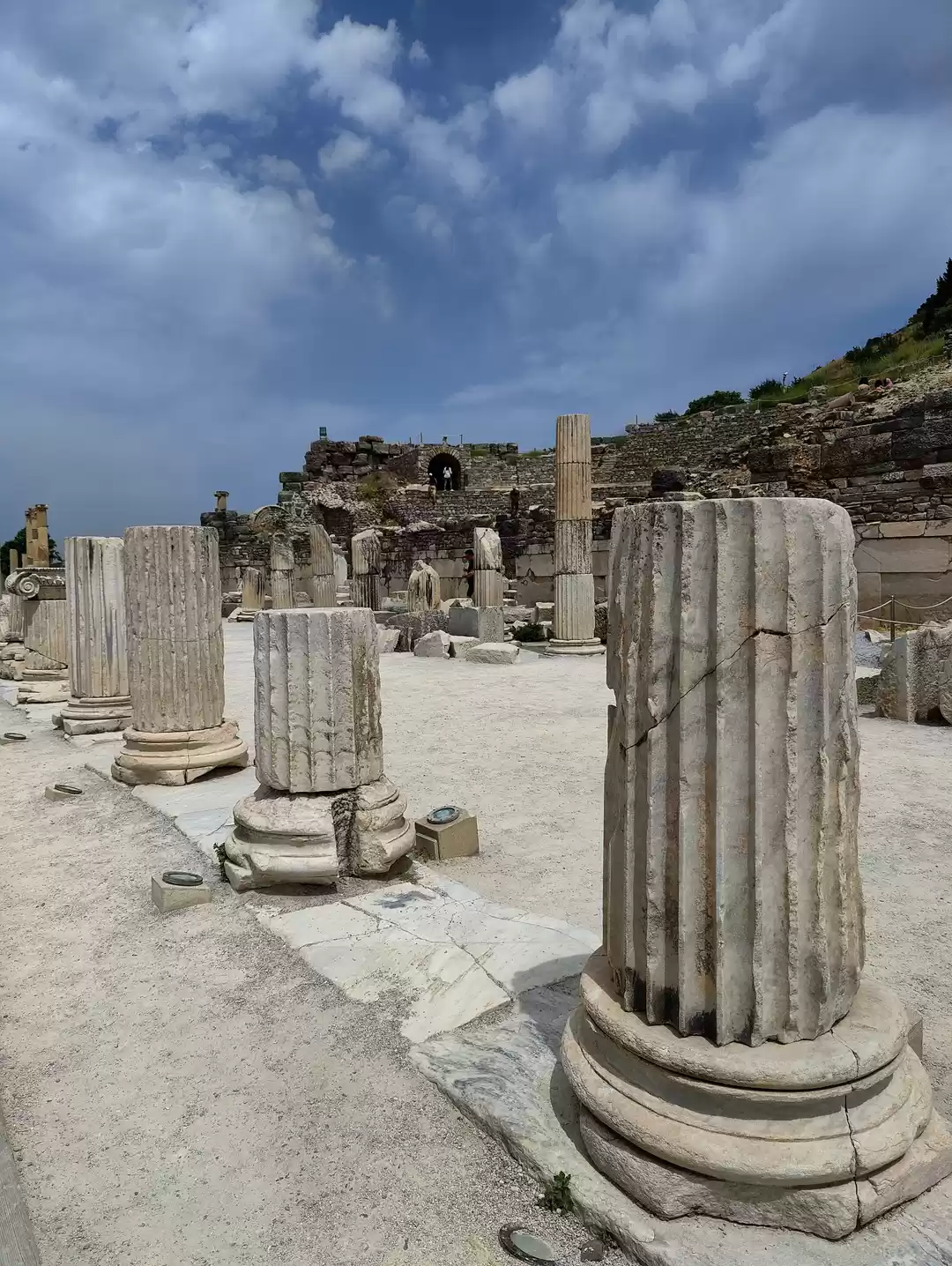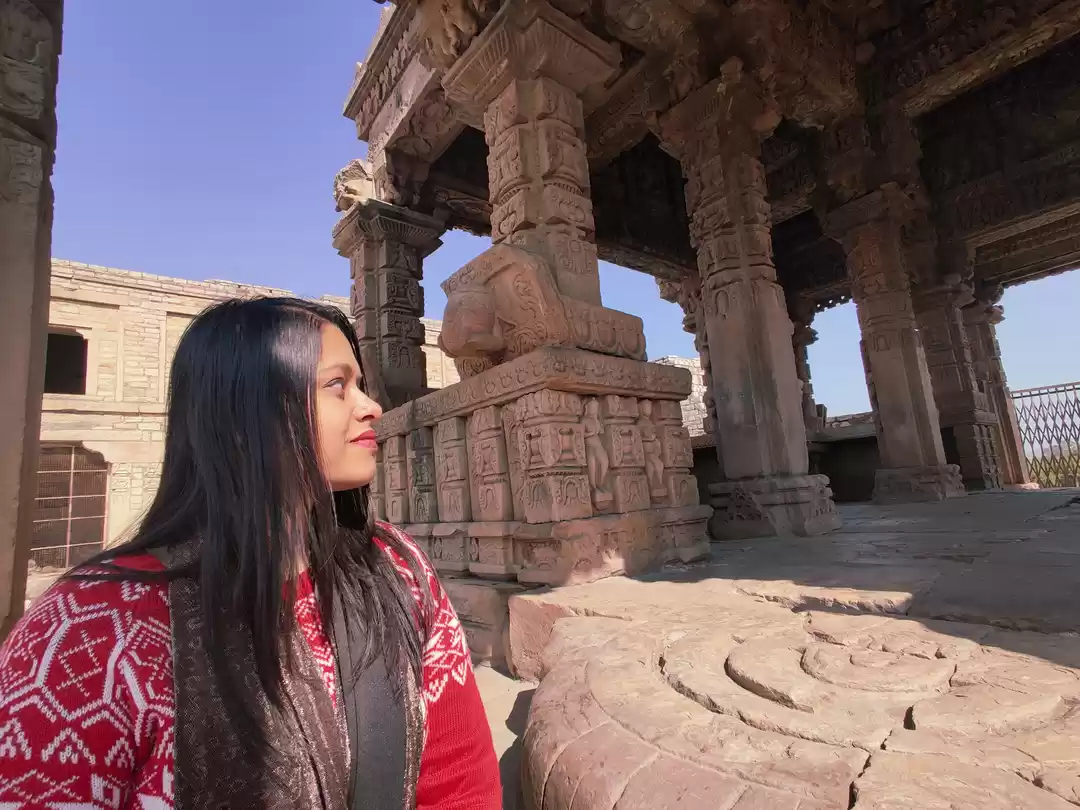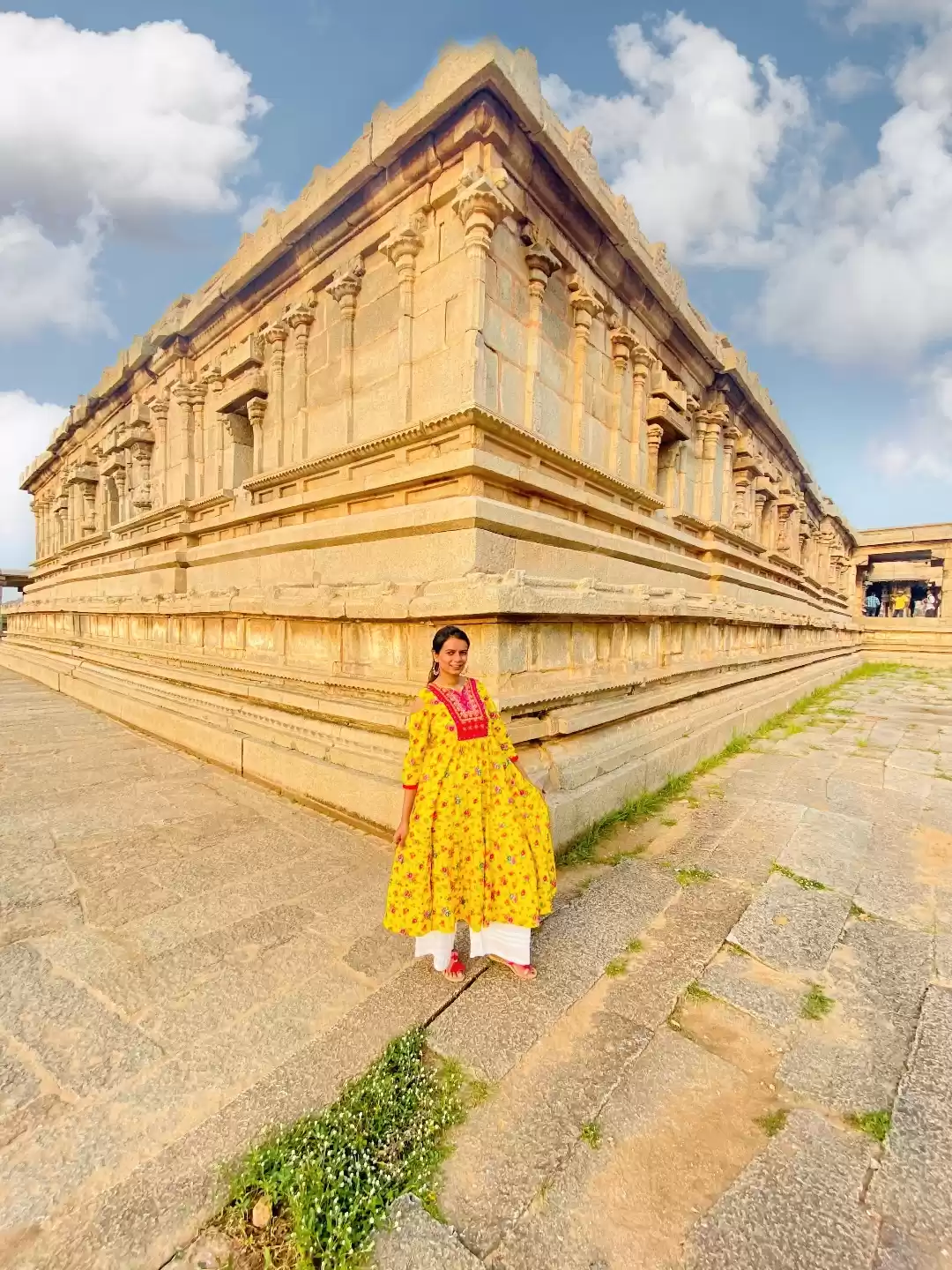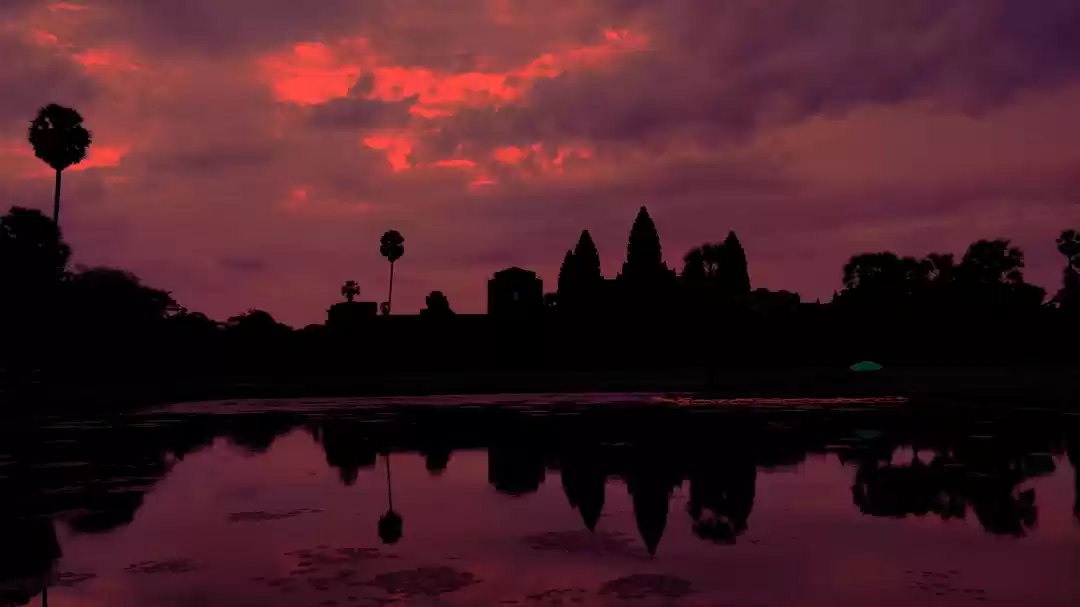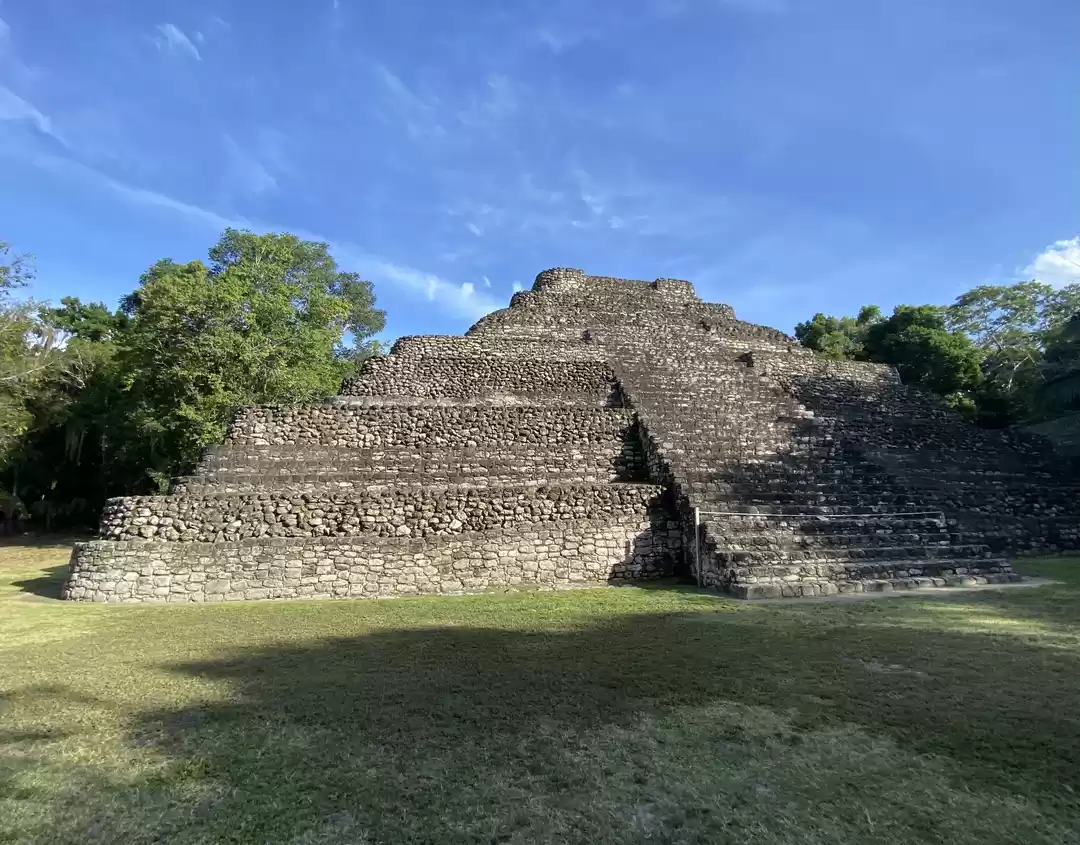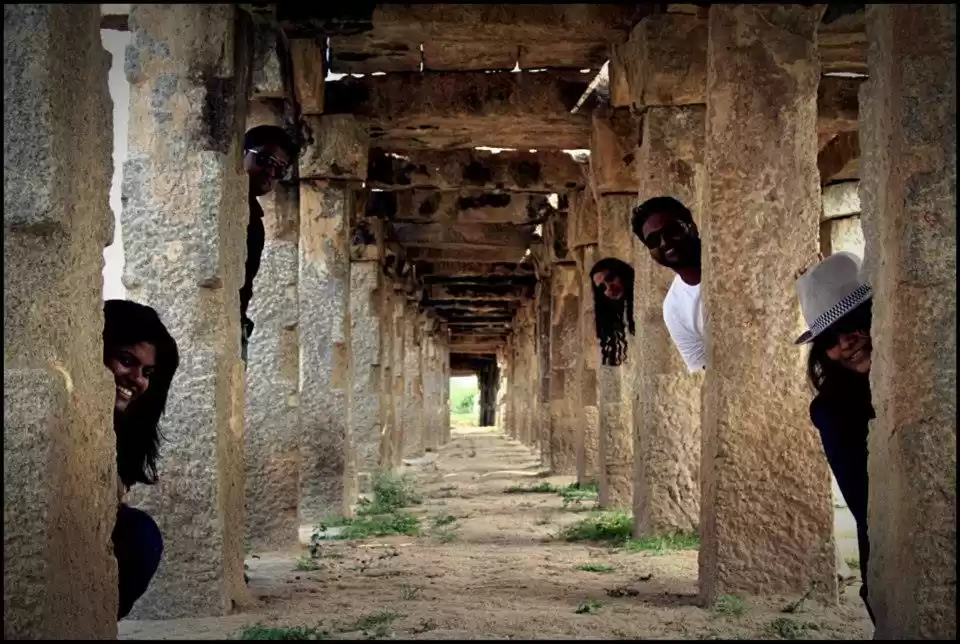Have you ever wondered what it would be like to visit a city that was so well-fortified and independent that even Alexander the Great could not conquer it? A city that has a rich and remarkable history, a stunning and diverse natural beauty, and a challenging and exciting adventure? If so, then you should definitely add Termessos to your bucket list.
Termessos is one of the most impressive and mysterious ancient sites in Turkey, located in the Güllük Mountain Termessos National Park, about 30 km northwest of Antalya. It is a city that has a lot to offer for anyone who loves history, nature, and adventure.
In this article, we will explore the history, the attractions, and the travel information of Termessos, and discover why it is a must-see destination for anyone who visits Antalya.
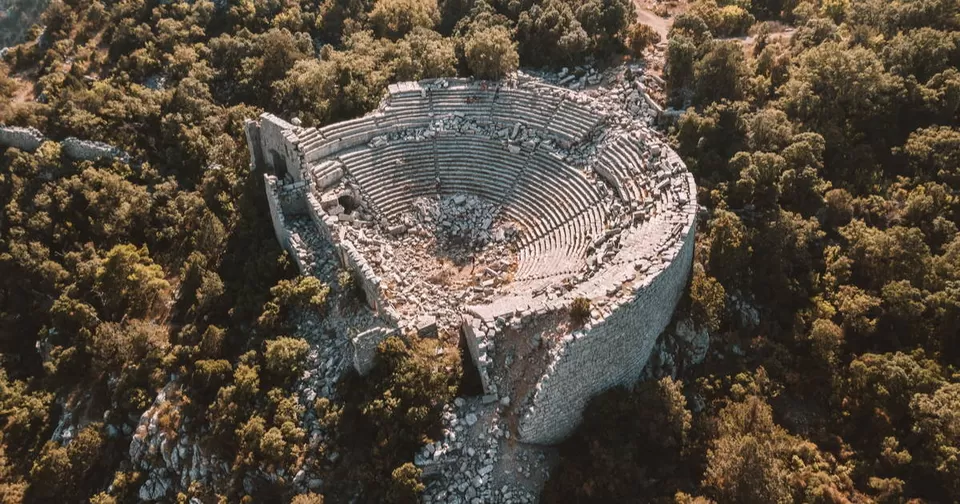
History of Termessos
Termessos was founded by the Pisidians, a fierce and independent people who inhabited the mountainous region of southwestern Anatolia. The name Termessos means "the fortress of the Olympos", referring to the nearby mountain that was considered sacred by the Pisidians.
The origins of Termessos are shrouded in myth and legend. According to one version, the city was founded by Bellerophon, the hero who tamed the winged horse Pegasus and killed the fire-breathing monster Chimera. According to another version, the city was founded by the descendants of the Argonauts, the heroes who sailed with Jason to find the Golden Fleece.
The earliest historical records of Termessos date back to the 5th century BC, when the city was allied with the Persians against the Athenians during the Peloponnesian War. The city reached its peak of power and prosperity in the 4th century BC, when it became the leader of the Pisidian Federation, a confederation of 20 cities that resisted the Macedonian invasion.
The most famous episode of Termessos' history occurred in 333 BC, when Alexander the Great, the conqueror of the known world, arrived at the gates of the city with his army. Alexander was determined to capture Termessos, as it was strategically located on the route to Phrygia, where he wanted to cut off the Persian supply lines.
However, Termessos was not an easy target. The city was built on a steep and rocky plateau, surrounded by cliffs and ravines, and protected by strong walls and towers. The only access to the city was through a narrow and winding path, which was easily defended by the Termessians.
Alexander tried to negotiate with the Termessians, offering them friendship and alliance, but they refused to surrender their freedom and autonomy. Alexander then decided to attack the city, but he soon realized that it was a futile and costly attempt. His soldiers were exhausted and demoralized by the difficult terrain and the fierce resistance of the Termessians. His siege engines and catapults were useless against the natural fortifications of the city. His horses and elephants were terrified by the sight and sound of the wild animals that roamed the forest around the city.
After a few days of fruitless and bloody assaults, Alexander gave up and withdrew his army, leaving Termessos as the only city that he failed to conquer in his entire campaign. He later admitted that Termessos was "a city that even the gods could not capture".
Termessos continued to enjoy its independence and prosperity for the next few centuries, maintaining good relations with the Romans, who respected and admired the city's courage and culture. The city was famous for its art, literature, and philosophy, and produced many notable figures, such as the poet and philosopher Aratus, the historian and geographer Straton, and the general and statesman Eudemus.
However, Termessos also faced many challenges and crises, such as internal conflicts, external threats, earthquakes, and plagues. The city gradually declined and lost its importance and influence, until it was finally abandoned in the 5th century AD, after a devastating earthquake that destroyed most of its buildings and monuments.
Termessos was forgotten and neglected for many centuries, until it was rediscovered and explored by European travelers and archaeologists in the 19th and 20th centuries. Today, Termessos is a UNESCO World Heritage Site, and one of the best-preserved and least-disturbed ancient cities in Turkey.
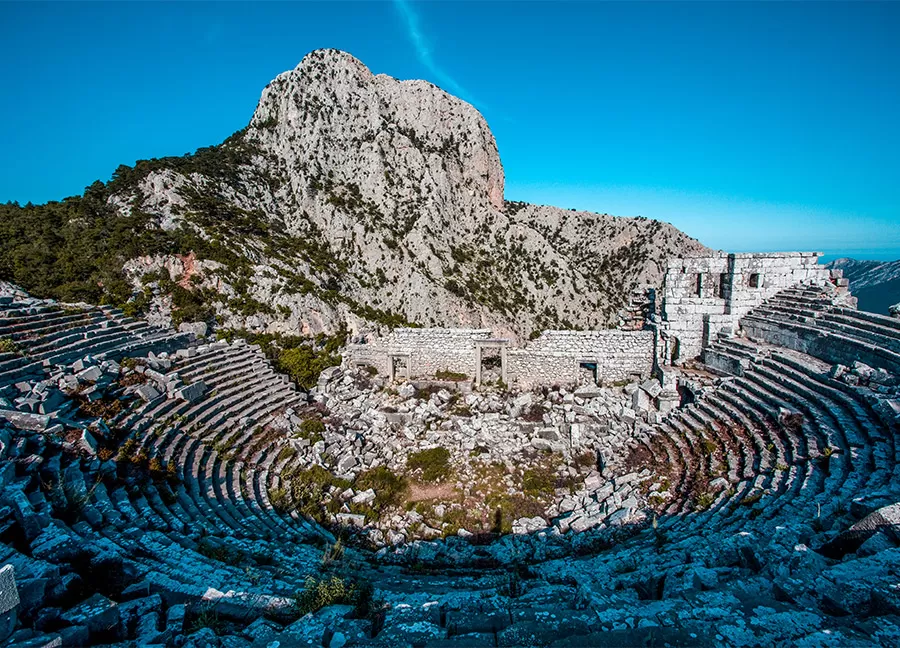
Attractions of Termessos
Termessos is a paradise for history and nature lovers, as it offers a unique combination of ancient ruins and natural wonders. The city is located in the Güllük Mountain Termessos National Park, which covers an area of 6,500 hectares and hosts a rich and diverse flora and fauna, such as pine, oak, and cedar trees, wildflowers, butterflies, birds, reptiles, and mammals.
The main attractions and activities of Termessos are:
- The Necropolis: The necropolis of Termessos is the largest and the best-preserved in Anatolia, with over 1,200 rock-cut tombs of various shapes and sizes, dating from the 4th century BC to the 3rd century AD. The tombs reflect the social status and the religious beliefs of the Termessians, who buried their dead with their personal belongings and offerings. Some of the most remarkable tombs are:
- The Lion Tomb: A monumental tomb with a carved lion on its facade, which belonged to an unknown ruler or hero of Termessos.
- The Sarcophagus Tomb: A large and elaborate tomb with a sarcophagus on its roof, which belonged to a wealthy and influential family of Termessos.
- The Tomb of Alcetas: A simple and modest tomb with an inscription, which belonged to Alcetas, the general of Alexander the Great who sought refuge and died in Termessos.
- The Theater: The theater of Termessos is one of the most spectacular and unique theaters in the ancient world, as it is carved into the natural rock and offers stunning views of the valley and the mountains. The theater was built in the Hellenistic period and renovated in the Roman period, and had a capacity of about 5,000 spectators. The theater has many architectural and historical features, such as:
- The Stage: The stage of the theater is well-preserved and has a wooden floor, a stone wall, and a marble facade, decorated with statues, reliefs, and inscriptions.
- The Seats: The seats of the theater are arranged in 26 rows, divided into three sections by two aisles, and have numbers and names carved on them, indicating the seats of the dignitaries and the officials of the city.
- The Inscriptions: The inscriptions of the theater are written in Greek and Latin, and record the names, titles, and deeds of the benefactors and the performers of the theater, such as the poet and philosopher Aratus, who dedicated a statue of Zeus to the theater.
- The Odeon: The odeon of Termessos is a small and elegant building that was used for musical and literary performances, and had a capacity of about 600 spectators. The odeon was built in the Roman period and has many architectural and historical features, such as:
- The Roof: The roof of the odeon is made of wood and covered with tiles, and has a skylight in the center, allowing the natural light to enter the building.
- The Columns: The columns of the odeon are made of marble and have Corinthian capitals, and support the roof and the entablature of the building.
- The Seats: The seats of the odeon are arranged in 12 rows, divided into two sections by an aisle, and have cushions and armrests, providing comfort and luxury for the spectators.
- The Mosaic Floor: The mosaic floor of the odeon is made of colorful stones and tiles, and has geometric and floral patterns, adding beauty and elegance to the building.

- The Heroon: The heroon of Termessos is a monumental and sacred building that was dedicated to an unknown hero or ruler of the city, and had a religious and political function. The heroon was built in the Hellenistic period and has many architectural and historical features, such as:
- The Facade: The facade of the heroon is made of marble and has a triangular pediment, supported by four columns, and decorated with statues, reliefs, and inscriptions.
- The Pediment: The pediment of the heroon depicts a scene from the Trojan War, showing the death of Sarpedon, the son of Zeus and the king of Lycia, who was an ally of the Termessians.
- The Frieze: The frieze of the heroon depicts a procession of the Termessians, who are bringing gifts and offerings to the hero or the ruler of the city, who is seated on a throne in the center of the scene.
- The Reliefs: The reliefs of the heroon depict various mythological and historical scenes, such as the labors of Hercules, the battle of the Termessians against the Macedonians, and the funeral of the hero or the ruler of the city.
- The Temples: The temples of Termessos are various buildings that were dedicated to different gods and goddesses, such as Zeus, Artemis, Apollo, and Athena, and had a religious and cultural function. The temples were built in different periods and have different architectural and historical features, such as:
- The Temple of Zeus Solymeus: The temple of Zeus Solymeus is the largest and the oldest temple of Termessos, dating from the 4th century BC. It is located on the highest point of the city, and was dedicated to the patron god of the Termessians, who was identified with the weather and the thunder. The temple has a rectangular plan, with six columns on the front and back, and eleven columns on the sides, and has a stone altar in front of it.
- The Temple of Artemis: The temple of Artemis is a small and simple temple, dating from the 2nd century AD. It is located near the theater, and was dedicated to the goddess of hunting, wildlife, and the moon. The temple has a square plan, with four columns on each side, and has a statue of Artemis in the center of it.
- The Temple of Apollo: The temple of Apollo is a medium-sized and elegant temple, dating from the 2nd century AD. It is located near the odeon, and was dedicated to the god of music, poetry, and prophecy. The temple has a hexagonal plan, with six columns on each side, and has a statue of Apollo in the center of it.
- The Temple of Athena: The temple of Athena is a large and impressive temple, dating from the 3rd century AD. It is located near the heroon, and was dedicated to the goddess of wisdom, war, and crafts. The temple has a circular plan, with twelve columns on the perimeter, and has a statue of Athena in the center of it.

- The Hellenistic Defenses: The Hellenistic defenses of Termessos are the impressive and formidable fortifications of the city, which were built during the Hellenistic period and consisted of walls, towers, gates, and ditches. The defenses have many architectural and historical features, such as:
- The Walls: The walls of Termessos are made of large and irregular stones, and have a length of about 3.5 km, a height of about 10 m, and a width of about 3 m. The walls follow the natural contours of the terrain, and have loopholes and battlements for the defense of the city.
- The Towers: The towers of Termessos are made of square and cylindrical stones, and have a height of about 15 m, and a diameter of about 5 m. The towers are located at regular intervals along the walls, and have stairs and platforms for the observation and the communication of the city.
- The Gates: The gates of Termessos are made of wood and iron, and have a width of about 2 m, and a height of about 3 m. The gates are located at strategic points along the walls, and have inscriptions and reliefs for the decoration and the identification of the city.
- The Ditches: The ditches of Termessos are made of earth and stone, and have a depth of about 5 m, and a width of about 10 m. The ditches are located in front of the walls, and have spikes and traps for the protection and the deterrence of the city.
- The Hikes: The hikes of Termessos are the various hiking trails and routes that lead to and from the city, and offer scenic and challenging experiences for the adventurous visitors. The hikes have many features, such as:
- The Difficulty: The difficulty of the hikes varies from easy to hard, depending on the length, the elevation, the terrain, and the weather of the hike. The easiest hike is the one that starts from the parking lot and ends at the theater, which takes about 30 minutes and covers a distance of about 1.5 km. The hardest hike is the one that starts from the theater and ends at the summit of the Güllük Mountain, which takes about 3 hours and covers a distance of about 6 km.
- The Duration: The duration of the hikes varies from 30 minutes to 6 hours, depending on the speed, the stamina, and the stops of the hiker. The average duration of the hikes is about 2 hours, which is enough to explore the main attractions and enjoy the views of the city.
- The Distance: The distance of the hikes varies from 1.5 km to 12 km, depending on the start and end points of the hike. The average distance of the hikes is about 4 km, which is suitable for most hikers of different ages and fitness levels.
- The Sights: The sights of the hikes are the various ruins, monuments, views, and wildlife that can be seen along the way. Some of the most notable sights are the necropolis, the theater, the odeon, the heroon, the temples, the walls, the towers, the gates, the ditches, the valley, the mountains, the forest, the flowers, the birds, the reptiles, and the mammals.
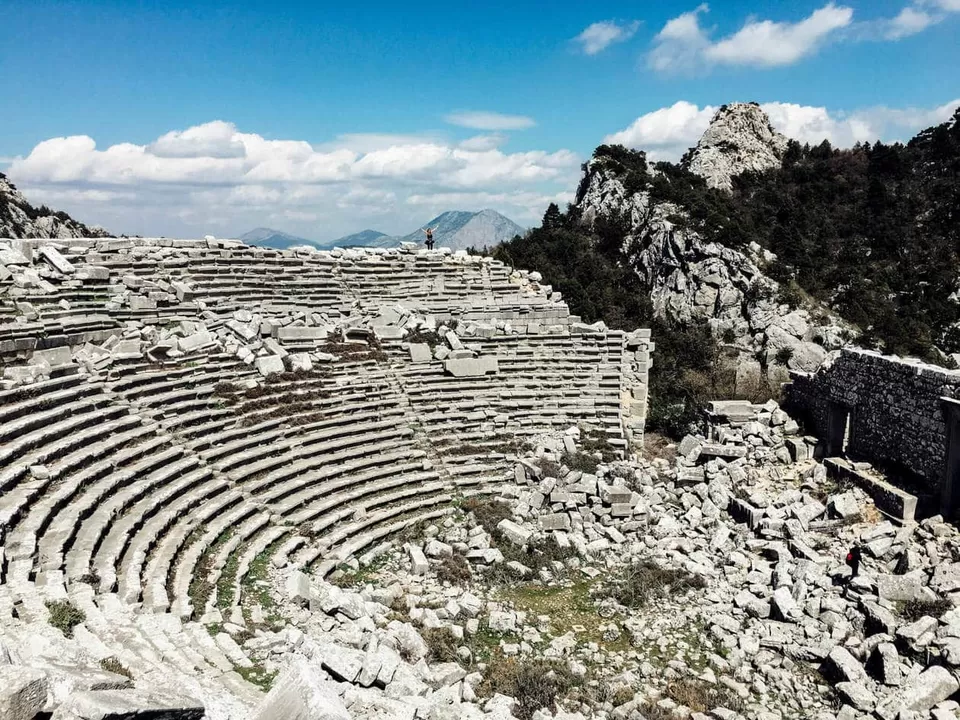
Travel Information of Termessos
Termessos is a great destination for a day trip from Antalya, as it is easily accessible and affordable. Here are some useful and practical information on how to plan a trip to Termessos, such as the admission, the transportation, the tours, and the tips.
- Admission: The admission fee for Termessos and the Güllük Mountain Termessos National Park is 20 Turkish Liras (about 2 USD) per person, and is valid for one day. The admission fee can be paid at the entrance of the park, where there is a ticket office and a souvenir shop. The admission fee is free for children under 12 years old, and for students, seniors, and disabled people with valid ID cards.
- Transportation: The transportation options for Termessos are by bus, taxi, or car, and depend on the budget, the time, and the preference of the traveler. The transportation options are:
- By Bus: The bus is the cheapest and the most convenient option for Termessos, as it costs only 10 Turkish Liras (about 1 USD) per person, and takes only 45 minutes from Antalya. The bus number is 600, and it departs from the Antalya Bus Station (Otogar) every hour, from 7 am to 6 pm. The bus stops at the entrance of the park, where there is a parking lot and a cafeteria. The bus also stops at other nearby locations, such as Korkuteli, Döşemealtı, and Burdur.
- By Taxi: The taxi is the fastest and the most flexible option for Termessos, as it takes only 30 minutes from Antalya, and can be arranged at any time and place. The taxi costs about 150 Turkish Liras (about 15 USD) per trip, and can accommodate up to 4 passengers. The taxi can be hired from the Antalya Airport, the Antalya City Center, or any other location in Antalya. The taxi drops off and picks up the passengers at the entrance of the park, where there is a parking lot and a cafeteria.
- By Car: The car is the most comfortable and the most independent option for Termessos, as it allows the traveler to explore the area at their own pace and convenience. The car can be rented from the Antalya Airport, the Antalya City Center, or any other location in Antalya, for about 200 Turkish Liras (about 20 USD) per day, and can accommodate up to 5 passengers. The car can be parked at the entrance of the park, where there is a parking lot and a cafeteria. The car can also be used to visit other nearby attractions, such as Karain Cave, Aspendos, Perge, and Sillyon.
- Tours: The tours for Termessos are optional and recommended for travelers who want to learn more about the history, the culture, and the nature of the city, and who want to enjoy the company and the guidance of a professional and friendly tour guide. The tours for Termessos are:
- Guided Tour: The guided tour is a half-day tour that includes the transportation, the admission, and the guide for Termessos, and costs about 50 USD per person. The guided tour departs from Antalya at 9 am, and returns at 1 pm. The guided tour covers the main attractions and activities of Termessos, such as the necropolis, the theater, the odeon, the heroon, the temples, the walls, the towers, the gates, the ditches, and the hikes. The guided tour also provides information, stories, and tips about Termessos, and answers any questions that the travelers may have.
- Private Tour: The private tour is a full-day tour that includes the transportation, the admission, and the guide for Termessos, and costs about 100 USD per person. The private tour departs from Antalya at 9 am, and returns at 5 pm. The private tour covers the main attractions and activities of Termessos, as well as some other nearby attractions, such as Karain Cave, Aspendos, Perge, and Sillyon. The private tour also provides a personalized and customized experience for the travelers, and caters to their interests, preferences, and needs.

- Tips: The tips for Termessos are some suggestions and advice on how to make the most of the visit to the city, such as:
- The Best Time to Visit: The best time to visit Termessos is in the spring or the autumn, when the weather is mild and pleasant, and the nature is colorful and vibrant. The summer is too hot and dry, and the winter is too cold and wet, for hiking and exploring the city.
- The Weather Conditions: The weather conditions in Termessos can vary significantly depending on the altitude and the season, so it is advisable to check the weather forecast before the visit, and to dress accordingly. It is recommended to wear comfortable and sturdy shoes, a hat, sunglasses, and sunscreen, and to bring a jacket, a sweater, and an umbrella, in case of rain or cold.
- The Clothing and Footwear: The clothing and footwear for Termessos should be suitable for hiking and exploring the city, as the terrain is steep and rocky, and the paths are uneven and slippery. It is recommended to wear comfortable and sturdy shoes, such as hiking boots or sneakers, and to avoid sandals, flip-flops, or heels. It is also recommended to wear comfortable and breathable clothes, such as jeans, t-shirts, or shorts, and to avoid skirts, dresses, or suits.
- The Food and Water: The food and water for Termessos should be sufficient and nutritious, as the visit to the city can be tiring and exhausting, and there are no shops or restaurants on site. It is recommended to bring enough water, snacks, and sandwiches, and to avoid alcohol, caffeine, or sugary drinks, as they can cause dehydration and fatigue. It is also recommended to eat and drink moderately, and to avoid overeating or drinking, as they can cause nausea and discomfort.
- The Facilities and Amenities: The facilities and amenities in Termessos are limited and basic, as the city is a protected and preserved site, and there are no modern or luxurious services or facilities on site. There are only a few facilities and amenities available, such as:
- A Parking Lot: A parking lot is located at the entrance of the park, where the cars, buses, and taxis can be parked for free.
- A Cafeteria: A cafeteria is located near the parking lot, where some drinks and snacks can be bought for a reasonable price.
- A Ticket Office: A ticket office is located near the parking lot, where the admission fees can be paid and the tickets can be obtained.
- A Souvenir Shop: A souvenir shop is located near the ticket office, where some souvenirs and gifts can be bought for a reasonable price.
- A Restroom: A restroom is located near the cafeteria, where the visitors can use the toilet and the sink for free.
- A Picnic Area: A picnic area is located near the theater, where the visitors can have a picnic and enjoy the views of the city and the nature.
- The Safety and Security: The safety and security in Termessos are important and essential, as the city is a remote and isolated site, and there are some risks and dangers involved in the visit. There are some safety and security measures and precautions that should be followed, such as:
- Follow the Signs and the Paths: The signs and the paths in Termessos are marked and indicated, and they should be followed and respected, as they show the direction and the distance to the attractions and the activities of the city. It is not advisable to wander off or to explore the unmarked or the restricted areas, as they can be dangerous or harmful.
- Respect the Rules and the Regulations: The rules and the regulations in Termessos are established and enforced, and they should be respected and obeyed, as they protect and preserve the city and the nature. It is not allowed to litter, to smoke, to camp, to fire, to graffiti, to damage, or to disturb the city and the nature, and any violation or offense can be fined or punished.
- Be Aware of the Wildlife: The wildlife in Termessos is diverse and abundant, and it should be admired and appreciated, but also be aware and cautious, as some animals can be aggressive or dangerous. It is not advisable to feed, to touch, to chase, or to provoke the animals, and it is advisable to keep a safe distance and to avoid any contact or conflict with them.
- Be Prepared for Emergencies: The emergencies in Termessos can happen and occur, and they should be prepared and handled, as they can be serious or life-threatening. It is advisable to have a first-aid kit, a phone, a flashlight, and a whistle, and to know the emergency numbers and the locations of the nearest hospitals and clinics, in case of any injury, illness, or accident.
Conclusion
Termessos is a fascinating and rewarding destination for anyone who visits Antalya, as it is a city that has a rich and remarkable history, a stunning and diverse natural beauty, and a challenging and exciting adventure. It is a city that defied Alexander the Great, and a city that will amaze you.



